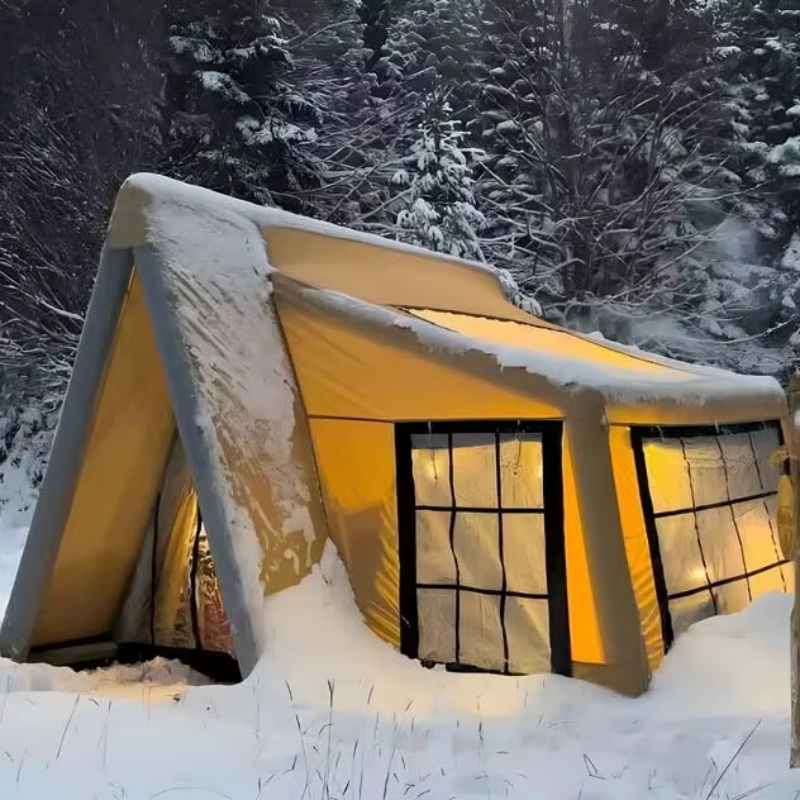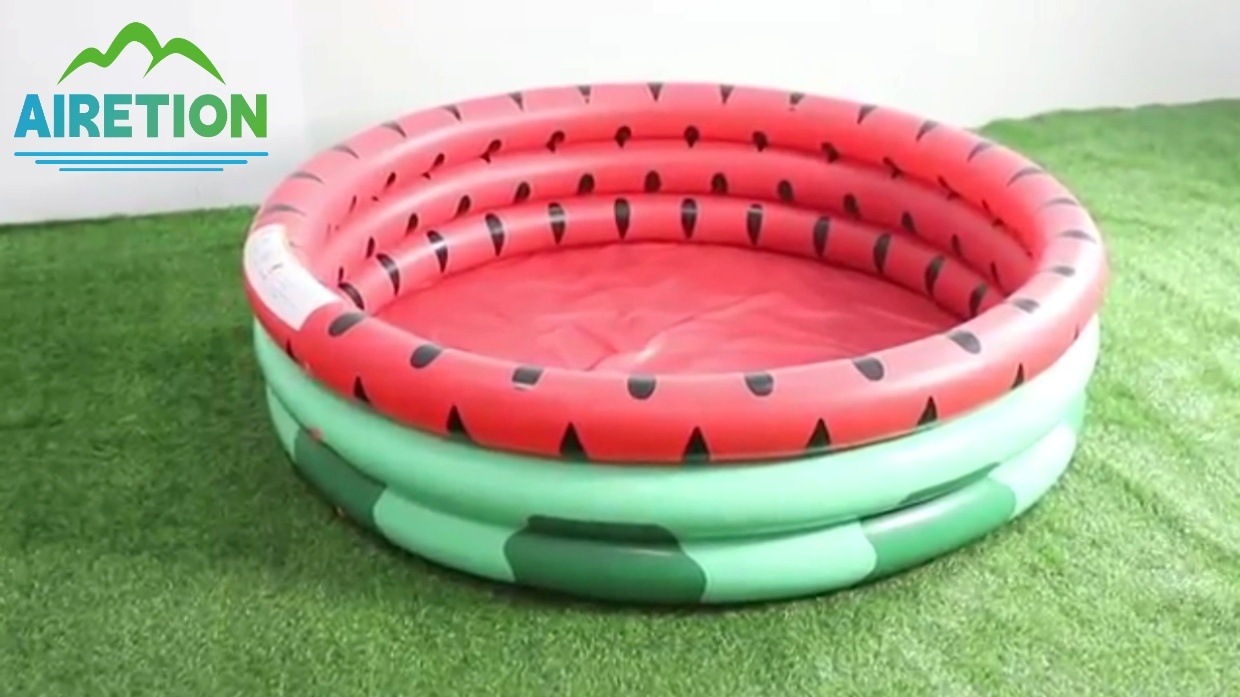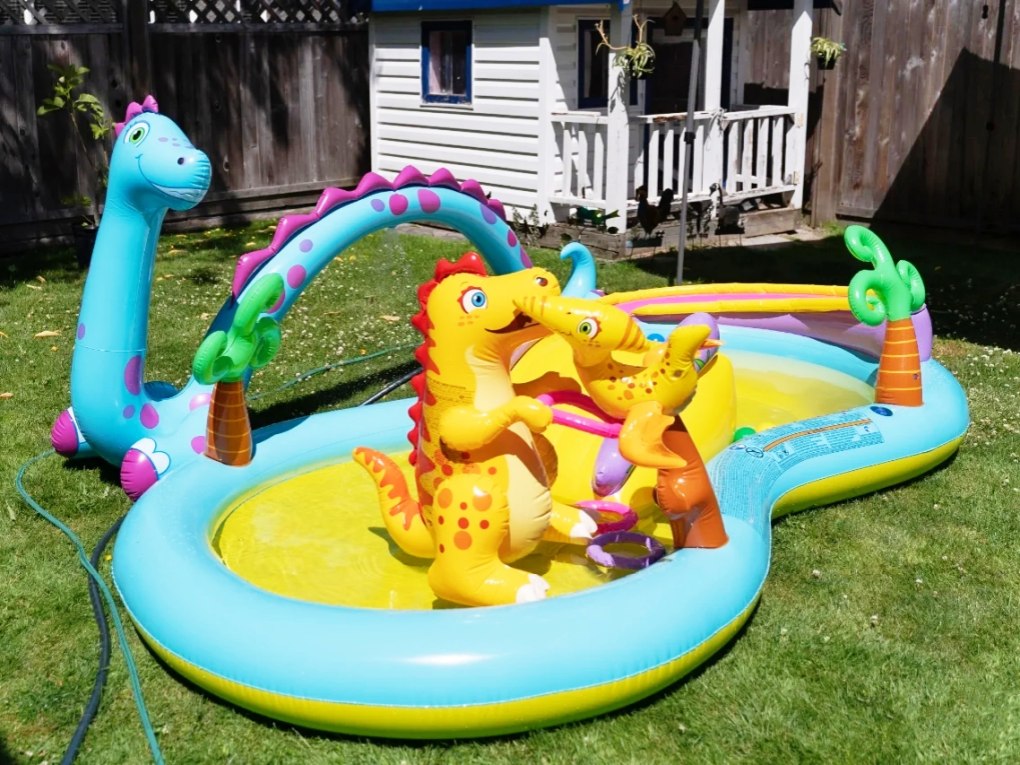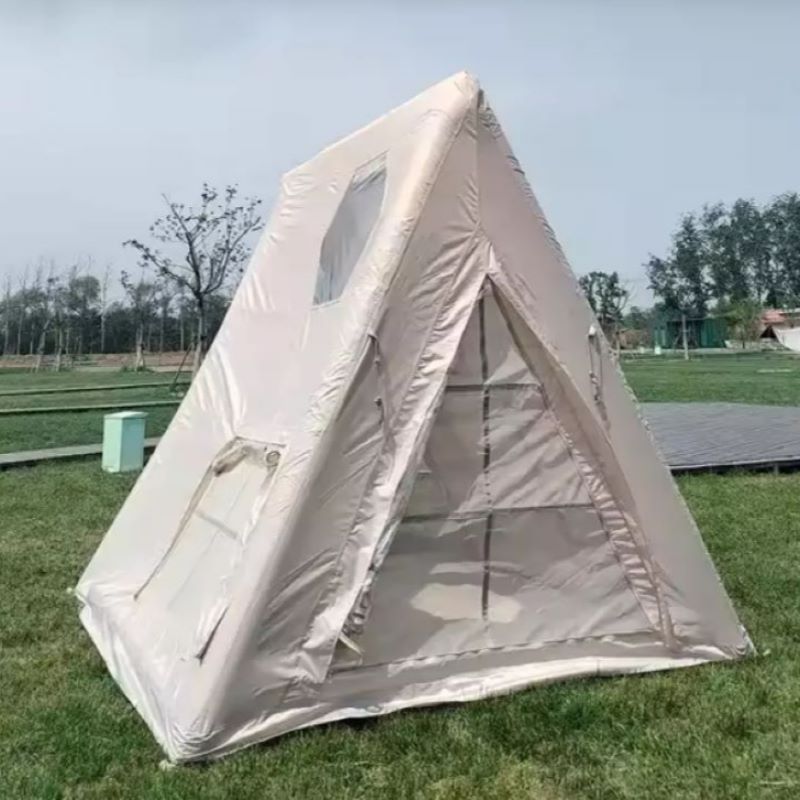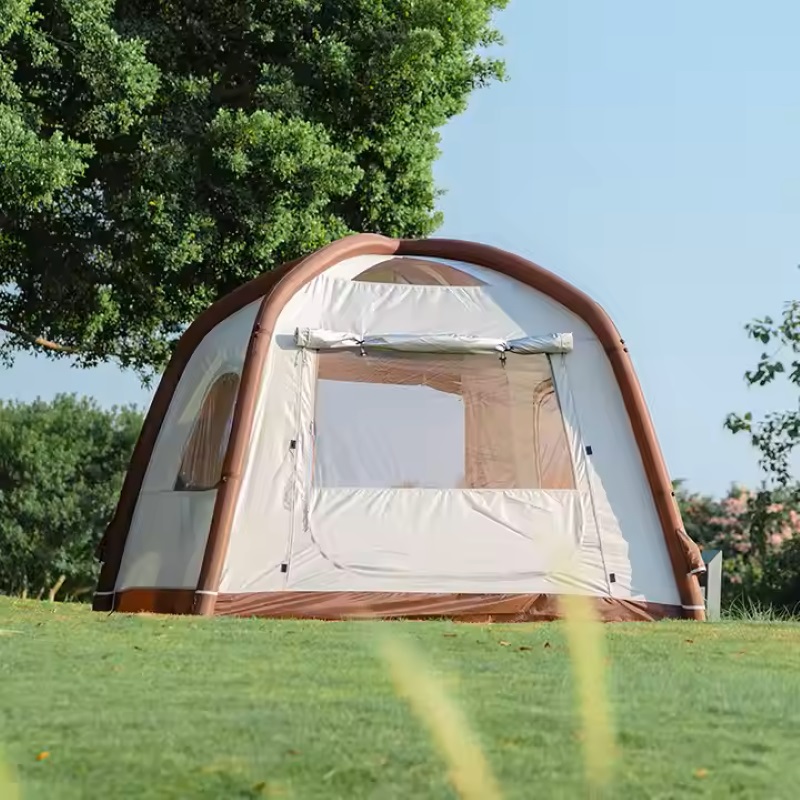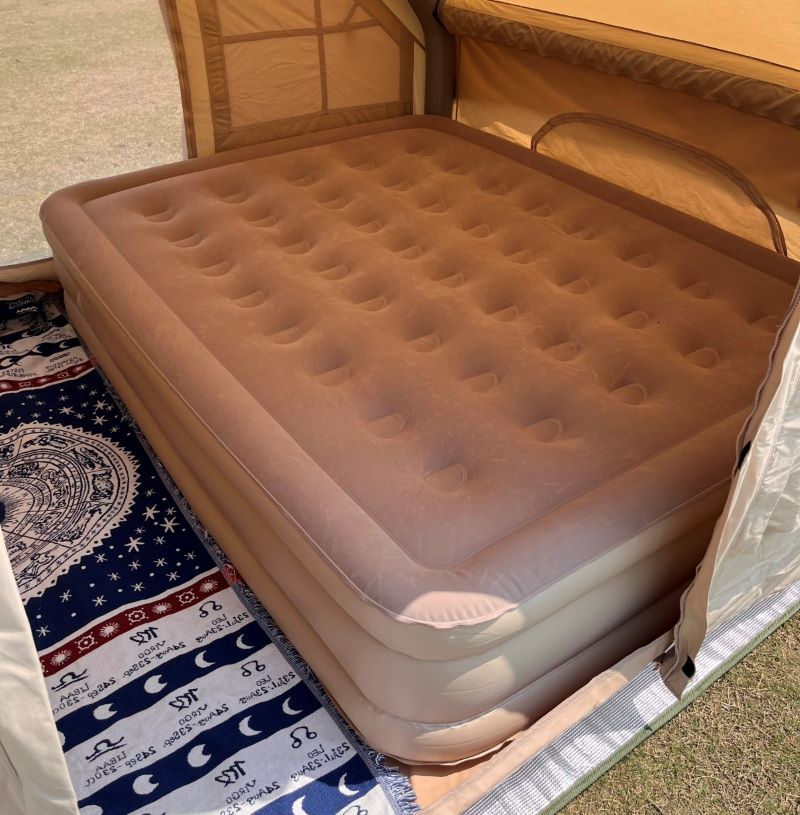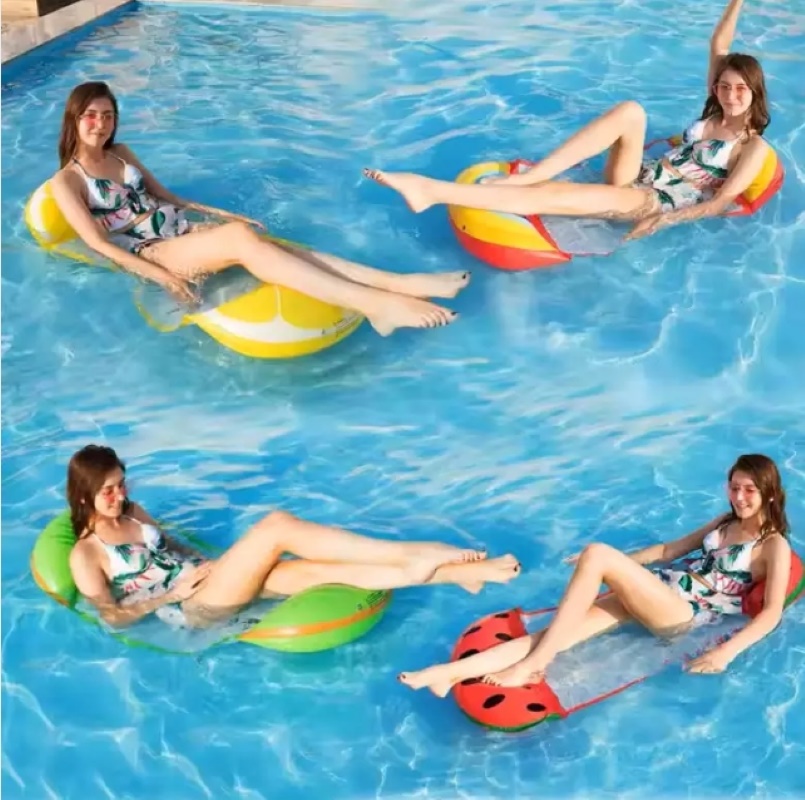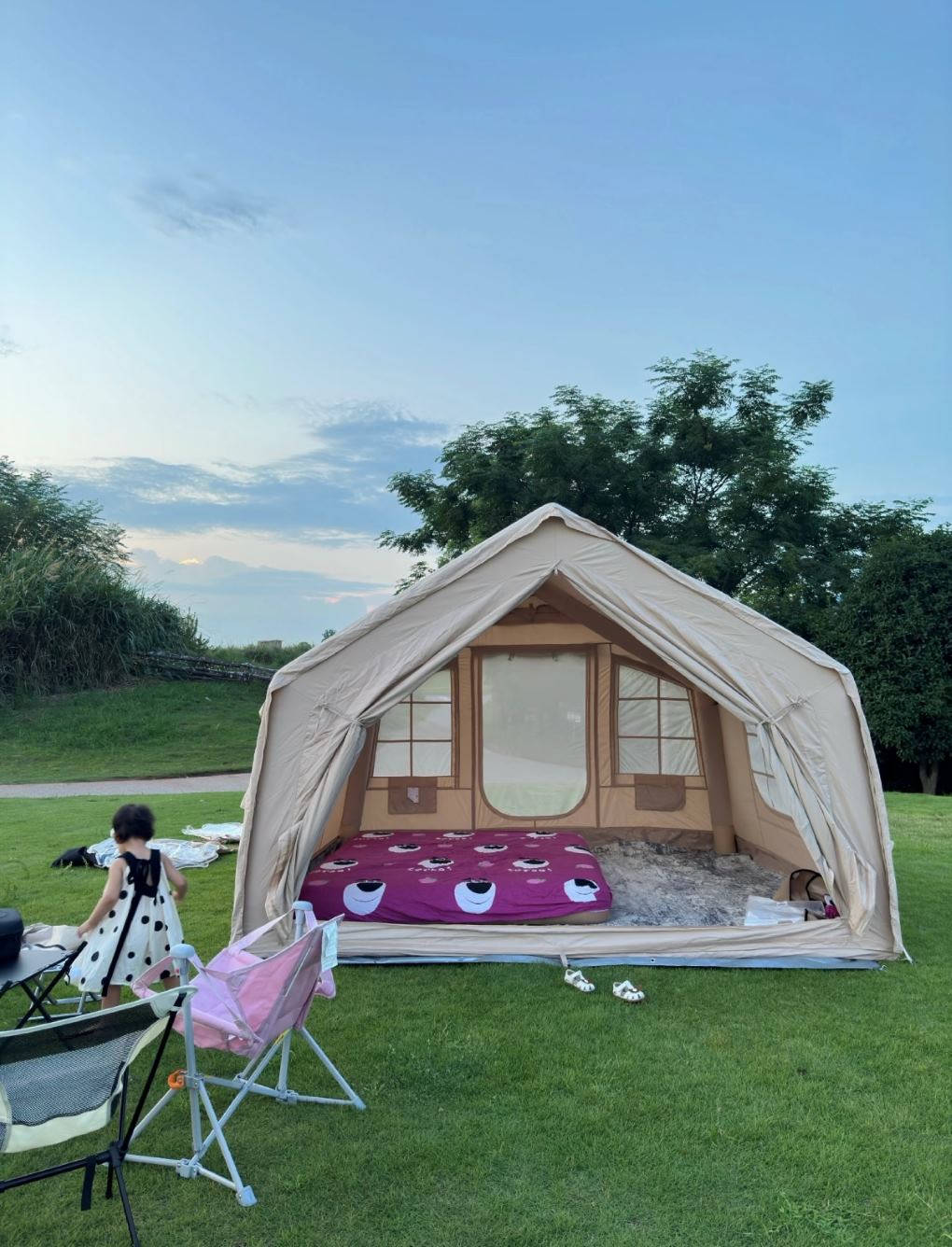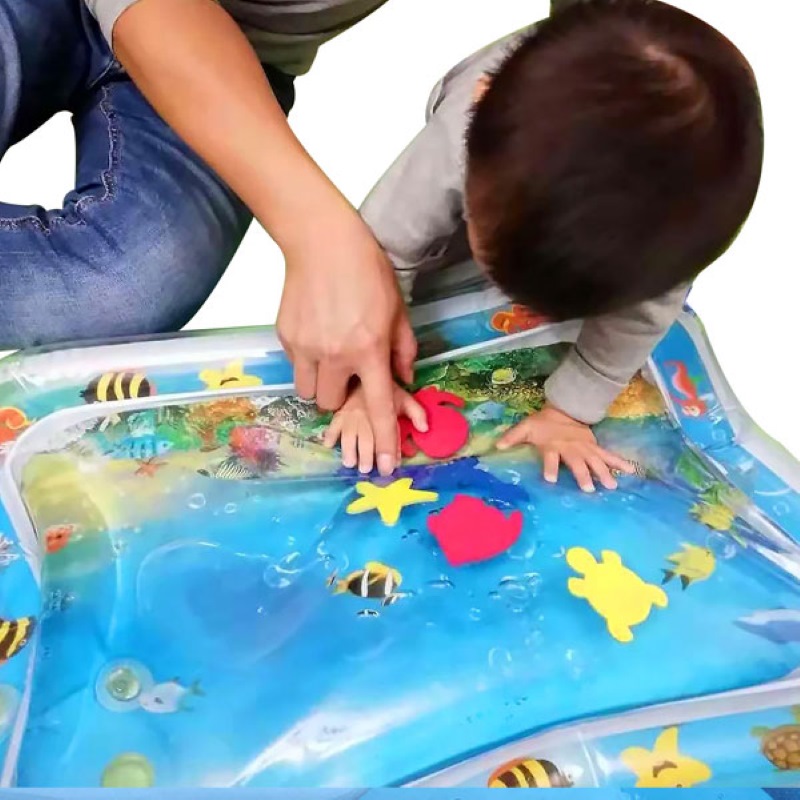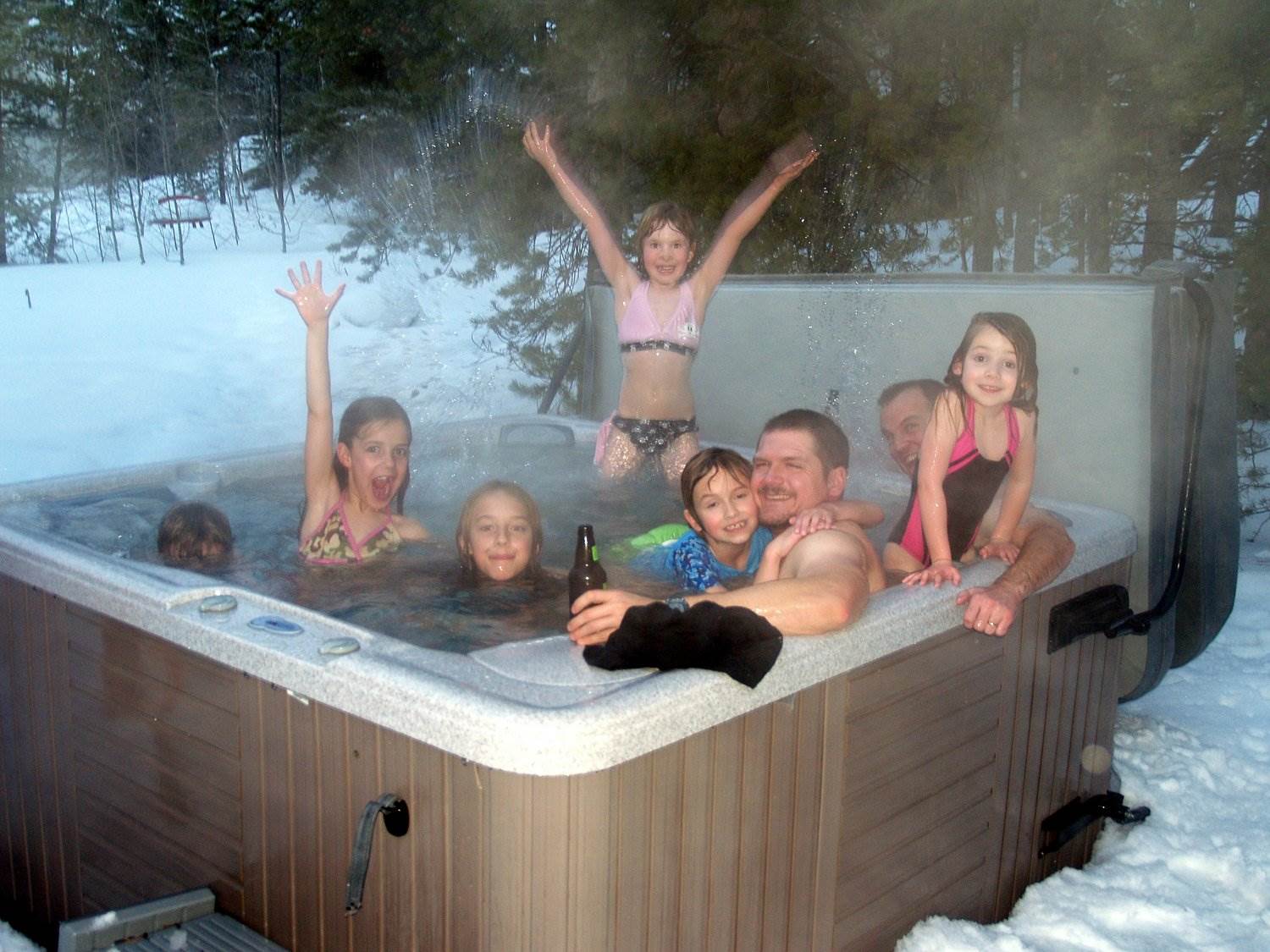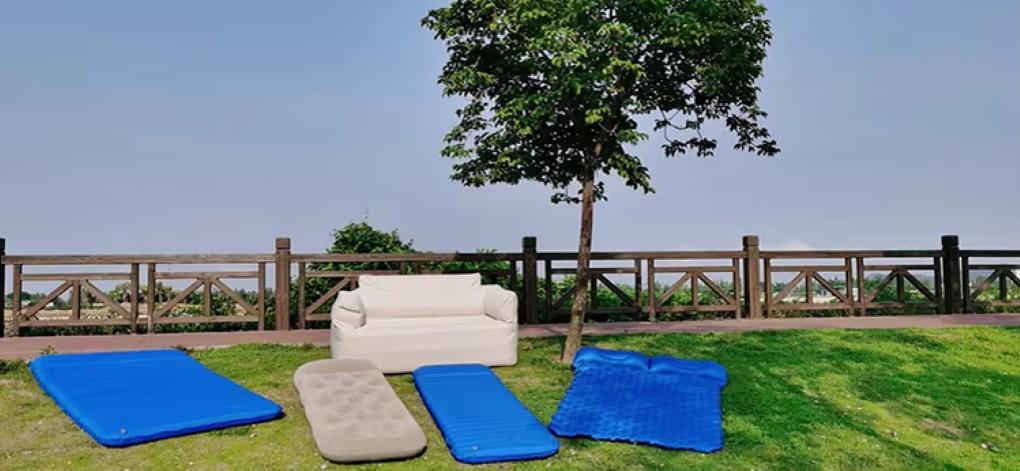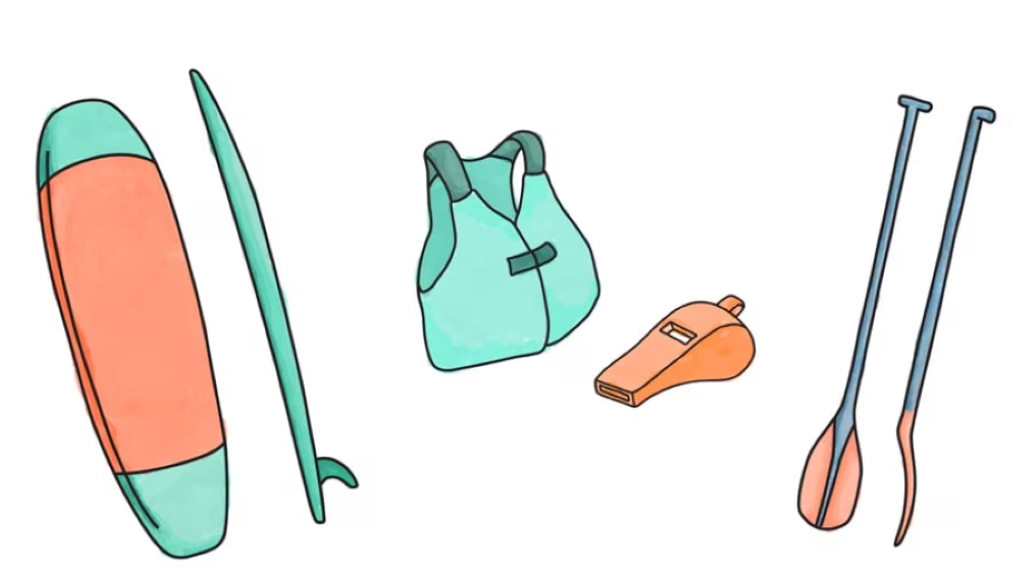Airetion's Durable and Portable Inflatable Camping Tents
Apr 18, 2025
When it comes to outdoor adventures, convenience, comfort, and reliability are essential. Whether you're heading out on a weekend camping trip with the family or planning a longer escape into nature, the equipment you bring can make or break your experience. That's why more and more outdoor enthusiasts are turning to inflatable camping tents—and Airetion's Durable Lightweight Portable Inflatable Family Camping Tent is leading the charge.
Why outdoor inflatable camping tent with air pump?
Traditional outdoor house tents often come with a long list of setup hassles—poles, stakes, complex instructions, and the time-consuming process of assembly. Inflatable house tent, on the other hand, redefine simplicity. Instead of poles, they rely on air-filled beams that can be inflated quickly using a manual or electric pump. Airetion’s wholesale inflatable tent takes this convenience to the next level, providing a reliable, lightweight, and user-friendly alternative that saves both time and effort. Effortless Setup and Pack Down
One of the most outstanding features of Airetion’s inflatable tent is its quick inflation and deflation system. Setting up camp no longer has to be a test of patience. With just a air pump and a few minutes of your time, the entire camping tent structure inflates and stands firm, ready for use. Deflation is just as simple—open the valves, release the air, and fold it down into its compact form.
This is especially useful for families with children or novice campers who may be intimidated by traditional tent setups. Whether you’re pitching the blow up tent at a crowded festival, a serene mountain range, or your favorite beach spot, you’ll appreciate how hassle-free the process is.
Lightweight and Space-Saving Design
Despite its durability and spacious interior, this inflatable portable tent house is surprisingly lightweight. It's designed with portability in mind, making it easy to carry on foot, store in a car trunk, or transport with your other camping gear. Once deflated and folded, it takes up very little space, freeing you from the bulk and weight associated with traditional tents.
This makes it an ideal choice not just for family camping trips, but also for solo hikers, cyclists, and anyone looking to travel light without sacrificing shelter quality.
Built to Last: Resistant to Wear and Tear
Outdoor equipment needs to endure a range of conditions—from scorching sun and sudden rain to rugged terrains and rough handling. Airetion’s inflatable camping tent is made from high-quality, wear-resistant materials that offer excellent durability. The robust material resists tears, abrasions, and punctures, ensuring that your inflatable winter tent stays intact through multiple adventures.
Moreover, the airtight seams and high-quality valves ensure that the inflatable family tent maintains its shape and air pressure, even during extended use. This durability gives campers peace of mind, knowing their shelter is reliable in a variety of environments.
Spacious and Comfortable Interior
Don’t let the word ”inflatable” fool you—this tent is generously sized to accommodate families and groups. It offers enough room to sleep comfortably, store gear, and even sit or stand, depending on the model. The structure is thoughtfully designed to provide excellent ventilation and airflow, reducing condensation and keeping the interior fresh.
Windows and mesh panels allow for airflow while keeping insects out, and the weather-resistant exterior keeps you dry even during unexpected showers. Whether you’re sleeping under the stars or waiting out a storm, this air inflatable tent provides a cozy, protected haven.
Ideal for a Variety of Outdoor Activities
The versatility of Airetion’s camping inflatable tent makes it suitable for a wide range of outdoor settings. Planning a family road trip? Setting up at a music festival? Heading into the woods for a weekend retreat? This lightweight inflatable tent has you covered. Its easy setup and breakdown allow you to move quickly and adapt to different environments with minimal effort.
It’s also great for backyard camping, kids’ sleepovers, beach outings, and even emergency situations where quick shelter is needed.
Eco-Friendly and Reusable
Sustainability is an increasingly important consideration for outdoor lovers. This portable inflatable tent offers reusability and eco-conscious design, encouraging campers to invest in long-term, durable products instead of disposable or low-quality gear that ends up in landfills. It’s a great choice for those who care about minimizing their environmental impact without compromising on quality.
